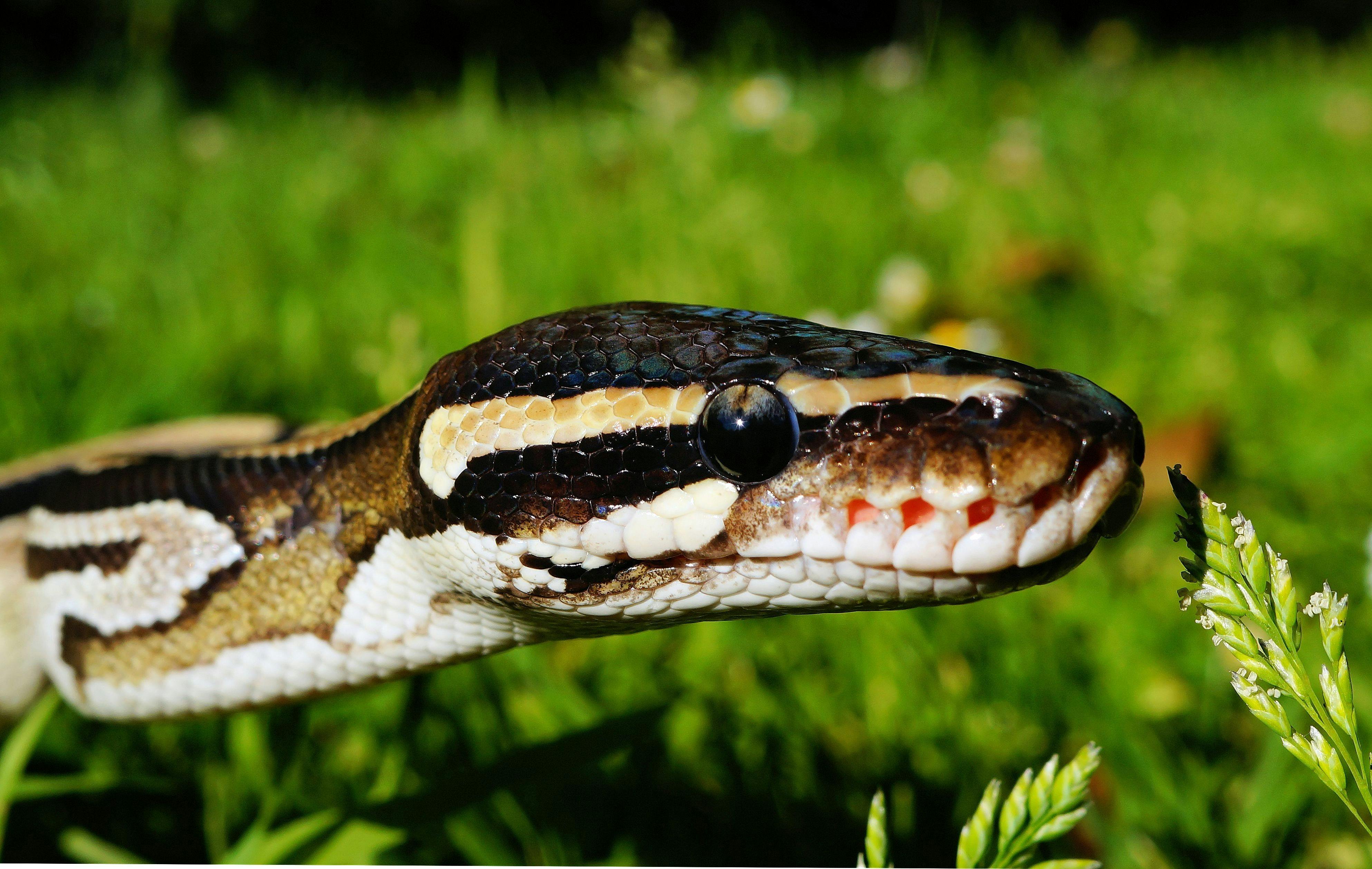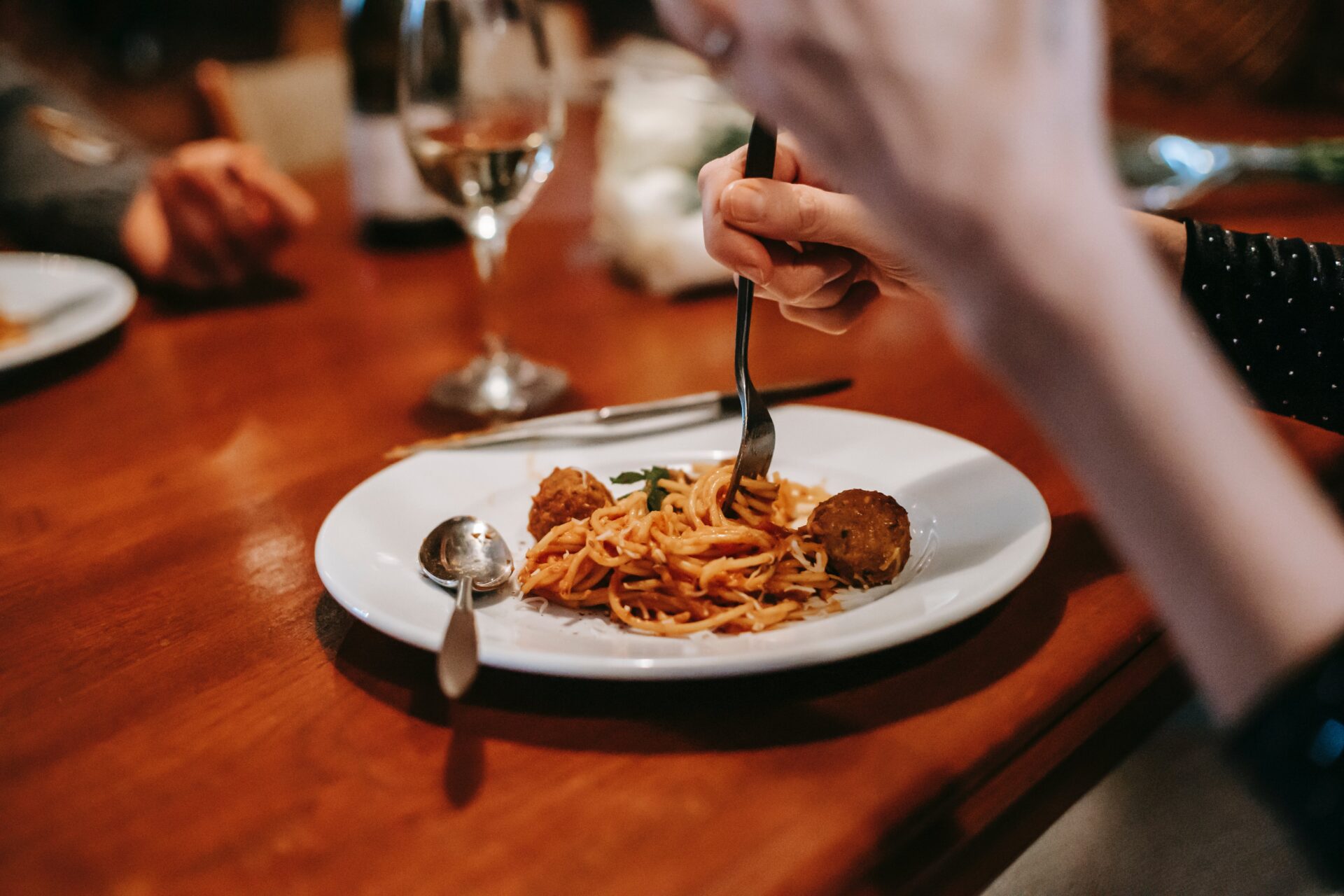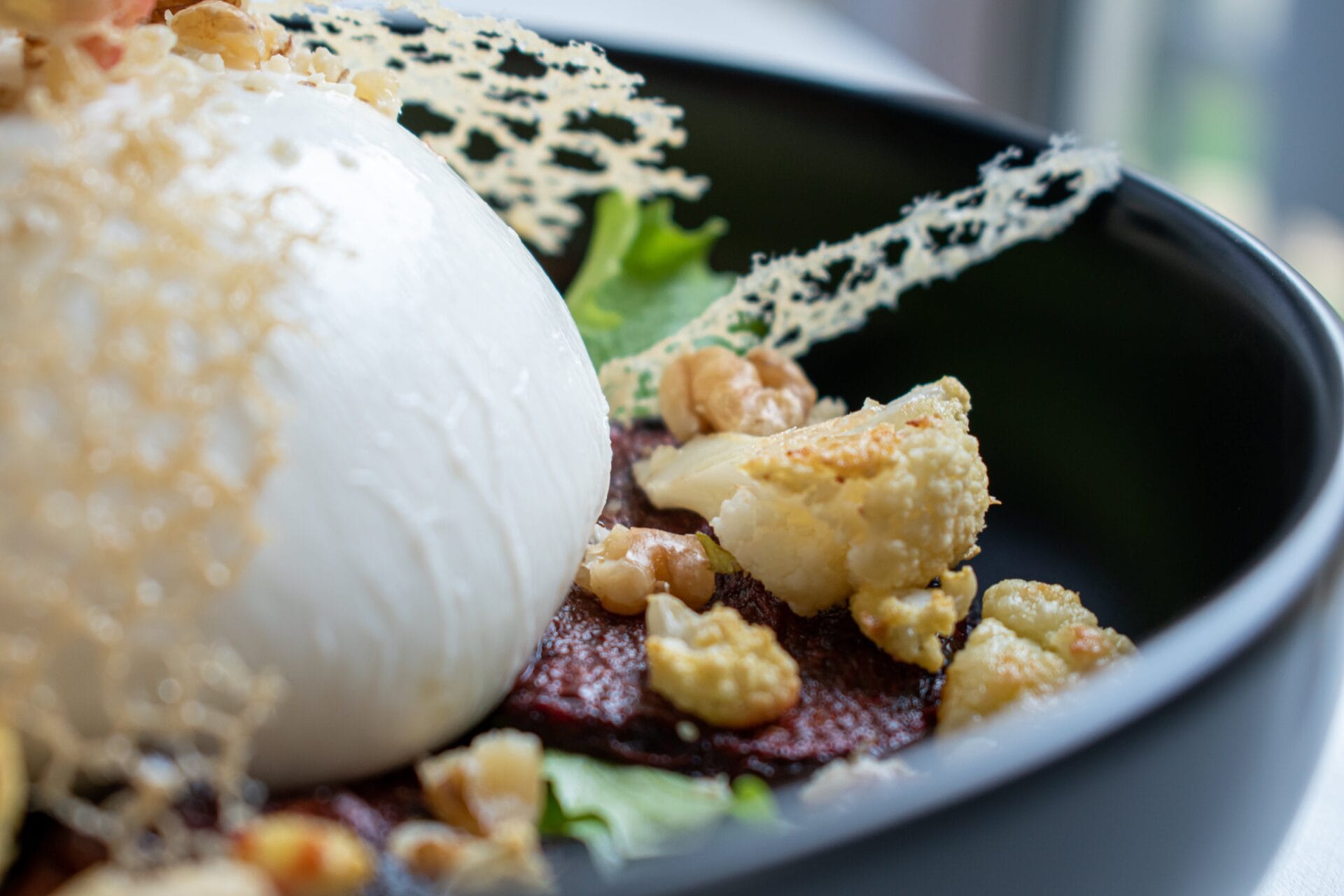If you own a ball python, you may be wondering why it won’t eat. This is a common issue that many ball python owners face. There are several potential reasons why your pet isn’t eating, and understanding them can help you determine the best course of action to get your pet back on track. In this article, we will discuss some of the most common causes of ball python not eating and how to address them.If your ball python is not eating, it could be due to a variety of causes. It is important to assess the health of the ball python before attempting to diagnose a feeding issue. Some potential causes of a lack of appetite include stress, illness, improper temperature or humidity levels in its enclosure, an incorrect diet, or changes in its environment. If you have ruled out any health issues and your ball python still isn’t eating, you may want to try changing the food item offered or adjusting the temperature and humidity settings in the enclosure. If the issue persists, it is best to consult a veterinarian with experience in reptile care for further assistance.
Determining the Reason
If your ball python is refusing to eat, you’ll want to first determine why. There are several potential reasons why a ball python may not be eating. It could be due to stress, environmental changes, illness, or improper feeding techniques. You’ll need to examine all of these potential causes before deciding what to do next.
Creating a Suitable Environment
The first thing you should do is make sure your ball python’s environment is suitable for them. This includes making sure their enclosure is the right size and temperature, as well as making sure they have enough hiding places. They should also have access to water and a clean substrate material at all times.
Checking for Illness
If you’ve ruled out environmental causes for your ball python’s refusal to eat, then it’s time to check for illness. Common illnesses in ball pythons include respiratory infections and mouth rot, which can both make it difficult or even painful for them to eat. If you suspect that your ball python is ill, then it’s important that you take them to a veterinarian right away.
Improving Feeding Techniques
In some cases, a ball python may simply need some help with its feeding techniques. Make sure that you are offering appropriate-sized meals for your snake and that the prey item is presented in an enticing manner (such as dangling at the end of tongs). Also make sure that the food item is alive or fresh when presented, as this will help motivate them to eat.
Seeking Professional Help
If you’ve tried all of the above steps and your ball python still isn’t eating, then it might be time to seek professional help from an experienced reptile vet. A vet can examine your snake and provide medical treatment if necessary, as well as offer advice on how best to get them back on track with eating regularly again.<
Reasons Your Ball Python May Be Refusing Food
Ball pythons, like most other reptiles, can go through periods of refusing food. If your ball python is not eating, it could be due to any number of reasons. The most common reasons for ball pythons not eating include: environmental stress, illness, overfeeding, or a lack of appropriate prey items.
Environmental stress can be caused by a variety of factors such as temperature fluctuations or changes in the enclosure setup. Ball pythons are naturally shy and timid creatures and may become stressed if their environment is constantly changing or if they are handled too much. To help alleviate this stress it is important to keep the enclosure setup consistent and to minimize handling.
Illness can also cause your ball python to refuse food. If you notice any changes in your snake’s behavior or physical appearance it is important to take them to a veterinarian for a proper diagnosis and treatment plan. Common signs of illness in ball pythons include weight loss, listlessness, and shedding problems.
Overfeeding is another common cause of ball pythons refusing food. Most adult ball pythons require only one meal every two weeks so it is important to monitor their feeding schedule closely and avoid overfeeding them. If you suspect that your ball python has been overfed it may be necessary to reduce the amount of food they are given until they resume eating regularly.
Finally, a lack of appropriate prey items can also lead to your ball python refusing food. It is important to provide your snake with a variety of different prey items such as mice, rats, or even insects. Also, make sure that the prey item you are offering is close in size to your snake’s head so that they can easily catch and eat it.
Signs Your Ball Python Is Healthy Despite Not Eating
It can be concerning when your ball python stops eating. Fortunately, there are a few signs that can indicate your python is healthy despite not eating. A healthy python will remain alert and active, with its eyes open and tongue flicking around the environment. The snake should have a smooth body and shiny scales, without any wounds or lesions. The tail should also be free of any bumps or discolorations. In addition, you should inspect your python for parasites or mites that could be making it uncomfortable to eat. Lastly, make sure your python is at its ideal weight by comparing it to other ball pythons of similar age and size.
If all of these signs are present and your python is still not eating, you should take it to the vet for further evaluation. They may need to do blood tests to determine if there are underlying health issues that are preventing them from eating properly. Keep in mind that some ball pythons may go through periods of fasting which can last several weeks or even months; however, if you notice any other signs of illness, it’s best to seek professional help as soon as possible.
Encourage a Reluctant Eater
Encouraging a reluctant eater can be challenging, but there are several strategies you can use to help them become more comfortable with trying new foods. Here are some tips for helping your reluctant eater become more open to trying new things:
1. Offer Variety: Provide a variety of food choices at each meal. This will allow your child to explore different flavors and textures in a safe environment. It also helps them feel less overwhelmed by new foods.
2. Make Healthy Choices: Show your child that healthy eating is important by providing nutritious, balanced meals and snacks throughout the day. This can help them develop healthy eating habits early on and make it easier for them to try new foods in the future.
3. Get Creative: Get creative with food presentation and preparation to make meals more fun and exciting for your child. Try serving meals family-style or in bento boxes to make it more interactive and interesting for them. You can also get creative with food shapes or combine different flavors into one dish, such as adding vegetables into their favorite pasta dishes or making “ants on a log” (celery sticks filled with peanut butter and raisins).
4. Model Healthy Eating Habits: Children learn by watching their parents, so be sure to model healthy eating habits when you’re out or at home together. Try introducing new foods at the table together so that your child sees you enjoying them as well!
5. Don’t Pressure: It’s important not to pressure your child into trying new foods or punish them if they don’t like something they’ve tried. Encourage exploration without making it a battle of wills, and try not to get frustrated if they refuse certain things – it may take some time before they develop a taste for it!
By following these tips, you can help your reluctant eater become more comfortable with trying new foods! With patience and creativity, you can encourage even the pickiest of eaters to branch out and expand their palate!

Introduce New Foods Gradually
When introducing new foods, it is important to do it gradually. Start by introducing the food in very small amounts. Don’t overwhelm your picky eater with a large portion of something they have never had before. Offer the food in bite-sized pieces and serve it alongside foods that you know your child already enjoys. Let them try a few bites at a time and then let them decide if they want more. If they don’t like it, don’t pressure them to eat it. Just move on and try again another day.
Get Creative With Presentation
Sometimes, picky eaters can be swayed by the presentation of food. Get creative with how you serve meals and snacks. Cut food into fun shapes with cookie cutters or arrange them on the plate in an interesting way. You can also get your child involved in the cooking process if possible—letting them help mix ingredients or pick out toppings can make them more interested in what they are eating.
Involve Your Picky Eater
Involvement is key when trying to get your picky eater to try new foods. Ask your child for input when meal planning and grocery shopping—allow them to help choose what foods they would like included in meals or snacks for the week. This can make them more likely to try something new because they are part of the decision-making process.
Be Patient
Finally, be patient when trying to feed a picky eater. It may take several attempts before your child is willing to try something new. Don’t give up! Keep offering new foods and eventually, your child may surprise you by trying something new.
Handling an Unhealthy Ball Python Who Won’t Eat
When a ball python is unhealthy or not eating, it can be difficult to know what to do. Fortunately, there are some steps that can be taken to help ensure the health and wellbeing of your ball python.
The first thing to do is check the temperature of your snake’s enclosure. Ball pythons need a warm environment in order to thrive, so make sure that the temperature is between 78-80 degrees Fahrenheit during the day and 73-75 degrees Fahrenheit at night. If the temperatures are too low or too high, it could be affecting your snake’s appetite.
Next, make sure that the humidity levels in your snake’s enclosure are correct. Ball pythons need higher humidity levels than most other snakes, so make sure that the humidity levels stay at 50-60%. If the humidity level drops too low, it can cause dehydration which can lead to further health problems.
It’s also important to make sure that your snake has enough space in its enclosure for it to move around comfortably. A cramped enclosure will cause stress and can lead to health problems such as respiratory infections, so make sure there is plenty of room for your snake to move around freely.
If you have tried all of these steps and your ball python still isn’t eating, it may be necessary to take them into a vet for a checkup. A vet can give them an examination and figure out what might be causing their lack of appetite. They may also suggest changing their diet or providing supplements if needed.
No matter what you decide to do, it’s important that you remain patient and understanding with your ball python as they adjust to their new environment. With proper care and patience, you should have no problem getting them back on track and healthy again!
How Long Can a Ball Python Go Without Eating?
Ball pythons, scientifically known as Python regius, are a species of constrictor snake that is native to certain regions of Africa. These snakes are popular among reptile enthusiasts due to their peaceful demeanor and relatively small size. As such, many people who own ball pythons may wonder how long the snakes can go without eating.
The answer to this question depends on the age and size of the ball python. Generally speaking, adult pythons can go for several months without food, while young ones may need to be fed more frequently. If you have an adult python that is well-fed and healthy, it should be able to survive for up to three months without food. However, if your snake is younger or underweight, it might need to eat every two weeks or so.
It’s important to note that ball pythons in the wild will often go through periods where they don’t eat anything for extended periods of time. This is because they live in arid climates where food can be scarce at times. When these periods occur in captivity, it’s important to ensure that your snake has plenty of water available and a warm place to hide in order to conserve energy during its fasts.
Additionally, it’s important not to force-feed your snake if it refuses food. You should only offer small amounts of food at regular intervals until your snake begins eating again on its own accord. This usually occurs after your pet has had enough time for its digestive system and metabolism to reset itself and is ready for another meal.
In conclusion, there is no single answer as to how long a ball python can go without eating since this depends on its age and size. However, as long as you provide your pet with plenty of water and warmth during times when it isn’t interested in eating, you should not have any issues with its health or wellbeing over the long term.

Conclusion
Ball pythons are unique in their own ways and they may be picky eaters at times. Establishing a good feeding routine is key to ensure that your ball python eats regularly and stays healthy. It is important to take into account the age, health, size, temperature, and environment of your ball python when trying to figure out why it won’t eat. Oftentimes, patience is the key to getting your ball python to eat. If all else fails and your ball python still refuses to eat after a few weeks of trying different approaches, then it may be best to contact a veterinarian for assistance.
If you have been patient and diligent in trying to get your ball python to eat, then hopefully you have found success with one or more of these solutions. There is no one-size-fits-all answer as every individual snake has its own dietary needs. However, understanding the basics of ball pythons’ dietary requirements can go a long way in helping you figure out why your ball python won’t eat.




